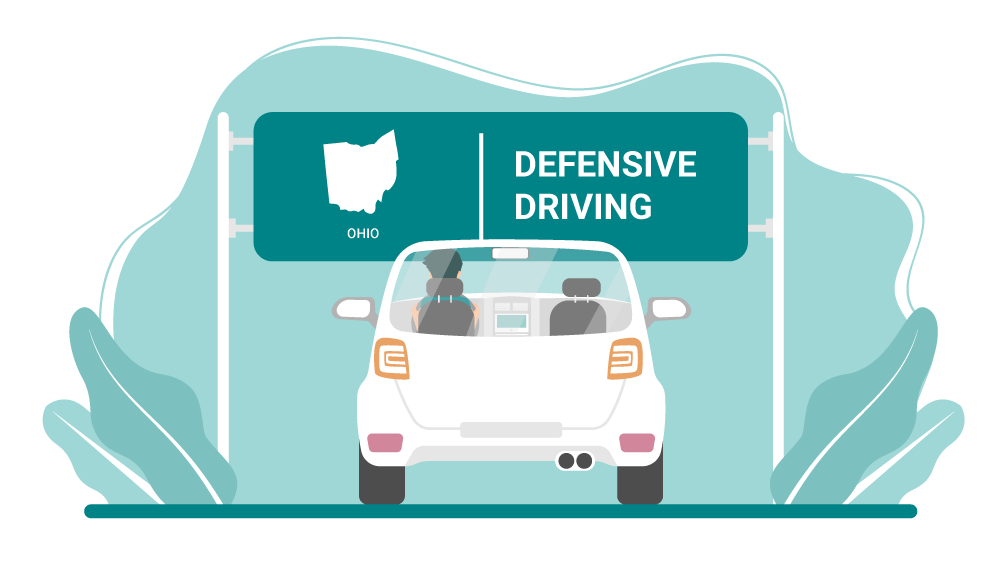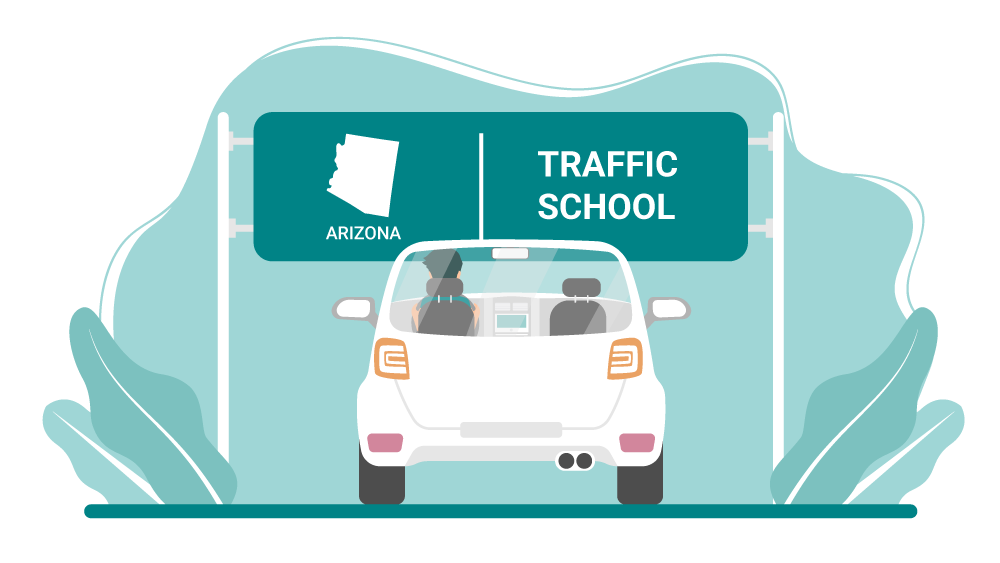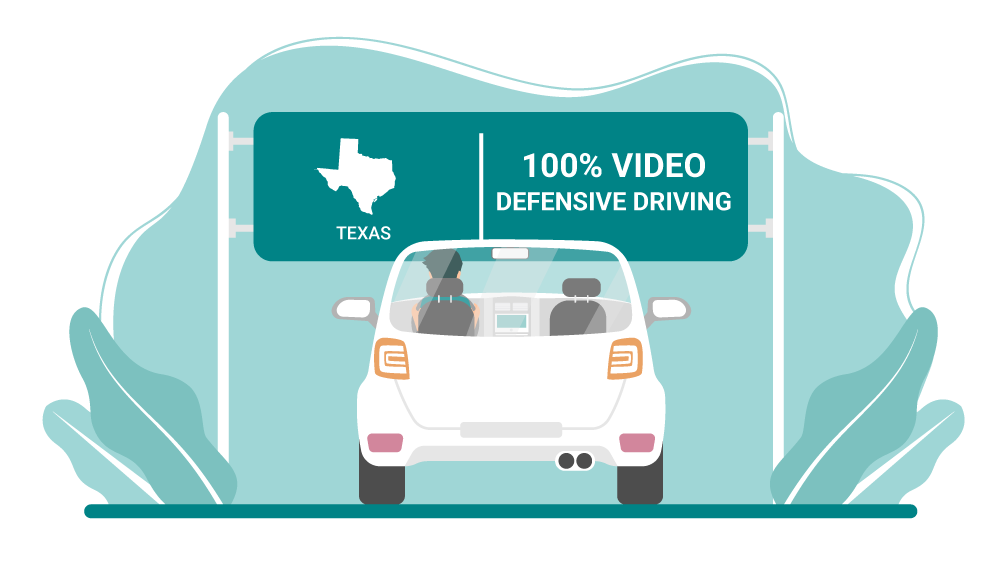I remember counting the days until I could get my license starting at about age 12. I recall not being able to wait to get behind the wheel. In contrast, today’s teens don’t seem as eager to hit the road.
What Are They Waiting For?
Several factors are combining to delay first-time drivers in their quest to get a license. For some, the ready availability of public transportation and the proximity of the teen’s home to other places they travel regularly negates the need for a license. For others, the expense of owning and maintaining a car has removed the motivation to get a license. A third factor in the delay may be attributed to the graduated licensing programs adopted by many states.
Graduated Licensing?
In an effort to reduce accidents among teen drivers, many states have now implemented graduated licensing programs. Recognizing that more accidents occur involving 16 to 25-year-old drivers than any other age group, first-time drivers under the age of 18 are now only offered licenses that come with restrictions. Depending on the state, restrictions may include no licensing without the completion of an approved driver training course along with many hours of supervised practice driving. After licensing, restrictions may include allowing driving only during daylight hours or with a limited number of non-family passengers in the car. In most states with restrictions, the graduated licensing requirements do not apply to applicants over the age of 18. Because of this, waiting until age 18 can be viewed as an attractive alternative for some.
US Centers for Disease Control specialist Ruth Schults fears that the practice of avoiding the graduated licensing program may potentially result in increases accident and fatality numbers in the future. A well-trained and practiced 16-year-old driver is obviously far more qualified to operate a vehicle than an inexperienced 18-year-old. The habits required to drive safely and confidently are learned gradually and far more effectively over the time demanded by the supervised practice hours required under a graduated licensing program. Ms. Schults summarized her opinion this way. “Once teens or young adults leave the nest, they usually have lost the ability to get help from parents are older siblings who can introduce them to the rules of the road gradually. If you don’t learn to drive when you live at home, your chances of benefiting from the experience of a really expert driver have probably really diminished.”
The move from pedestrian to driver is a big rite of passage, and it is a move that should be made with an eye to your safety and the safety of others. If you are looking to get your license or have a teen in your house that is, check out the drivers ed courses offered on this site. They are affordable, easy to complete, and designed to be taken at your own pace either online or, depending on the state, via downloadable smartphone app.






